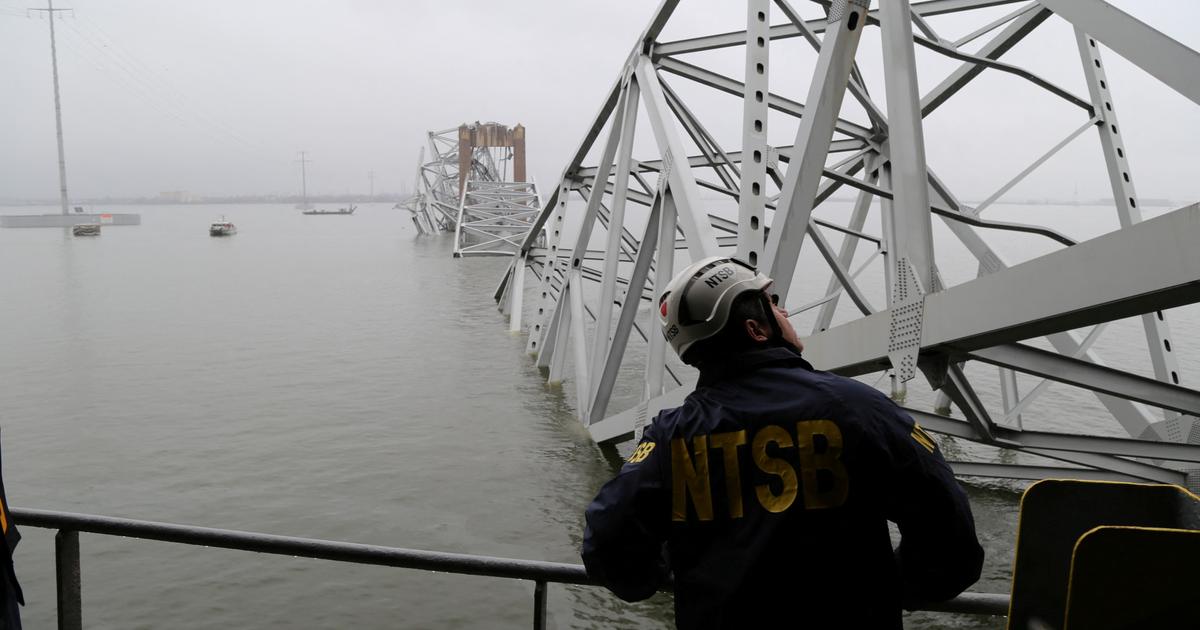Status: 27.11.2023, 12:26 p.m.
CommentsPrint Share
China announced years ago that it wanted to become a "maritime superpower". Since then, Beijing has acquired hundreds of ports around the world.
BEIJING – A decade ago, Chinese President Xi Jinping launched the Maritime Silk Road, the oceanic component of his flagship Belt and Road initiative, which aims to improve China's access to global markets by investing in transportation infrastructure. Since then, investment under the initiative has slowed as Chinese growth has stalled, the United States has faced resistance, and countries are questioning the debt associated with the projects.
However, China has already secured a significant share in a network of global ports that are central to global trade and freedom of navigation. Although the stated goal of the investments is commercial in nature, the United States and its allies are increasingly concerned about the potential military implications.
China wants to become a "maritime superpower"
Xi has often spoken of his ambition to make China a "maritime superpower." The port network offers an insight into the scope of these ambitions. China's ambitious sea route runs south from the Chinese coast through the Indian Ocean's main transit route and the Middle East's busiest maritime choke points, eventually ending in Europe.
Read The Washington Post for four weeks free
Your quality ticket to the washingtonpost.com: Get exclusive research and 200+ stories for four weeks free.
When Xi announced his plan, China had stakes in 44 ports worldwide, which formed the basis of his strategy. A decade later, China owns or operates ports and terminals in nearly 100 locations in over 50 countries, spanning all oceans and continents. Many of these are located on some of the most strategically important waterways in the world.
The majority of the investments have been made by companies owned by the Chinese government, making Beijing and the Chinese Communist Party the largest operator of ports, which are at the heart of global supply chains.
Experts: Ports have significant military implications
The expansion is crucial to China's economic power and also has significant military implications, according to analysts. "This is no coincidence," says Carol Evans, director of the Institute for Strategic Studies at the U.S. Army War College. "I strongly believe that the ports they want to invest in have a strategic aspect."
My news
Cuts for pensioners: pensions are "not set in stone"read more
Rail strike: GDL announces new warning strike Read more
Traffic light wants to ease the burden on pensioners and contributors - this year group benefits the mostread
Prosperity in Germany threatened: "What do we offer them?" read
Ordering in the restaurant soon in English – restaurateur: Can not demand that trainees speak Germanread
Cuts for pensioners: After budget freeze, "savings on pensions are possible"read more
The stated goal of this maritime network is commercial: to improve and streamline China's access to global markets. In 2018, China expanded its maritime presence in the port of Khalifa in the United Arab Emirates, a key link between Asia, Africa, Europe and the Middle East. The Chinese state-owned shipping company Cosco Shipping built a commercial container terminal in the port, which it now operates.
But the investments go beyond that. They give Beijing insight into the business of competitors and, according to analysts, could be used to help China defend its supply routes, spy on the movements of the US military and possibly attack US shipping. Chinese-owned ports or terminals are already ports of call for Chinese warships, such as the flotilla that entered the Nigerian port of Lagos in July.
China to establish military base at the port of Djibouti in 2015
At the end of 2015, China confirmed that it was building a military base next to the Chinese-operated port of Djibouti. The African base officially opened in 2017, just six miles from a U.S. military base in the country. Located on the narrow entrance to the Red Sea, Djibouti is located on one of the busiest shipping lanes in the world, where about 10 percent of the world's oil exports and 20 percent of commercial goods flow through the narrow strait to and from the Suez Canal.
A container ship crosses the Panama Canal, at both ends of which China manages ports. © Diego Lezama/Imago
Beijing is still decades away from catching up with the U.S. global military presence, but China has the largest and fastest-growing navy in the world and is increasingly venturing beyond the shores of East Asia. While China did not have a naval presence in the Indian Ocean two decades ago, the country now maintains six to eight warships in the region, U.S. officials say.
A trip along the Maritime Silk Road illustrates some of the strategic advantages of China's port investments.
From the Indian Ocean to the Suez Canal: China's ports in Asia and the Middle East
Indian Ocean
The Indian Ocean, which is crossed by some of the world's major shipping routes and ports, has been an early priority for China. About 80 percent of China's trade passes through this ocean, including almost all of its oil. China's port investments appear to be geared towards protecting the route. For example, Beijing has secured a 99-year lease for the port of Hambantota in Sri Lanka, creating an important foothold on the busy shipping route between Asia and the West.
Persian Gulf and Red Sea
China's interest in these port locations, according to U.S. officials, goes beyond purely commercial interests. Many of them are located at strategic bottlenecks with high shipping traffic. In these places, the sea lanes are narrow and the ships are potentially vulnerable.
Strait of Hormuz
Leaked U.S. intelligence documents earlier this year suggested that China was again trying to build military facilities at the port of Khalifa in the United Arab Emirates in the Persian Gulf, which is located on the important Strait of Hormuz and just 50 miles from a major U.S. military base.
Djibouti
China has already built a military facility in Djibouti at the mouth of the Red Sea, attached to a commercial port. According to U.S. officials, there are signs that the country is looking for more facilities.
Suez Canal
Beijing has also increased its influence in ports on Egypt's Suez Canal, a vital, man-made waterway that is a shortcut from Asia to Europe. Earlier this year, Chinese shipping companies announced investments in terminals in the ports of Ain Sokhna and Alexandria.
20 European ports are in the hands of China
China already controls or has made significant investments in more than 20 European ports, giving it significant influence over the continent's supply routes. Many serve as important logistics and transshipment hubs for NATO and the U.S. Navy. "This is a significant national and economic security issue," said Michael Wessel of the U.S.-China Economic and Security Review Commission.
One way China has secured a leadership position is through a little-known software system called Logink, a digital logistics platform owned by the Chinese government. It potentially gives China access to vast amounts of normally proprietary information about the movements, management, and pricing of goods around the world. So far, at least 24 ports around the world, including Rotterdam and Hamburg, have adopted the Logink system. The U.S. Department of Transportation issued a advisory in August warning U.S. companies and agencies against interacting with the system due to the risk of espionage and cyberattacks.
China in America: Ports at both ends of the Panama Canal
The original Maritime Silk Road, as outlined in Chinese documents, focused on three main routes. The plan was extended to the Atlantic and the American continent. Latin America is one of the fastest-growing destinations for Chinese port investment. China manages ports at both ends of the Panama Canal. A $3 billion megaport is currently under construction in Chancay, Peru, which will transform trade between China and Latin America by allowing the world's largest shipping containers to dock there for the first time.
The United States is still the largest military power in the world, with around 750 bases overseas. China, with only one base, is far from catching up with U.S. naval power, according to Stephen Watts of Rand Corp. "The impact of these widely dispersed bases has been overstated," he said. "China would be easy to defeat in these small outposts if there was a shooting competition.
China's port network, however, poses a different kind of challenge to U.S. security interests that does not equate to the threat of war, according to Isaac Kardon of the Carnegie Endowment for International Peace. China is now the world's largest maritime power, and its strategic influence on global supply routes could be used to impede or restrict U.S. trade, troop movements, and freedom of navigation in various ways. "It's an asymmetric threat," he said.
About the author
Liz Sly is a correspondent covering global affairs. She has covered the Middle East for more than 17 years, including the first and second Iraq wars. He also worked in Washington, Africa, China, Afghanistan and Italy.
We are currently testing machine translations. This article has been automatically translated from English into German.
This article was first published in English by the "Washingtonpost.com" on November 27, 2023 - in the course of a cooperation, it is now also available in translation to the readers of IPPEN. MEDIA portals.







